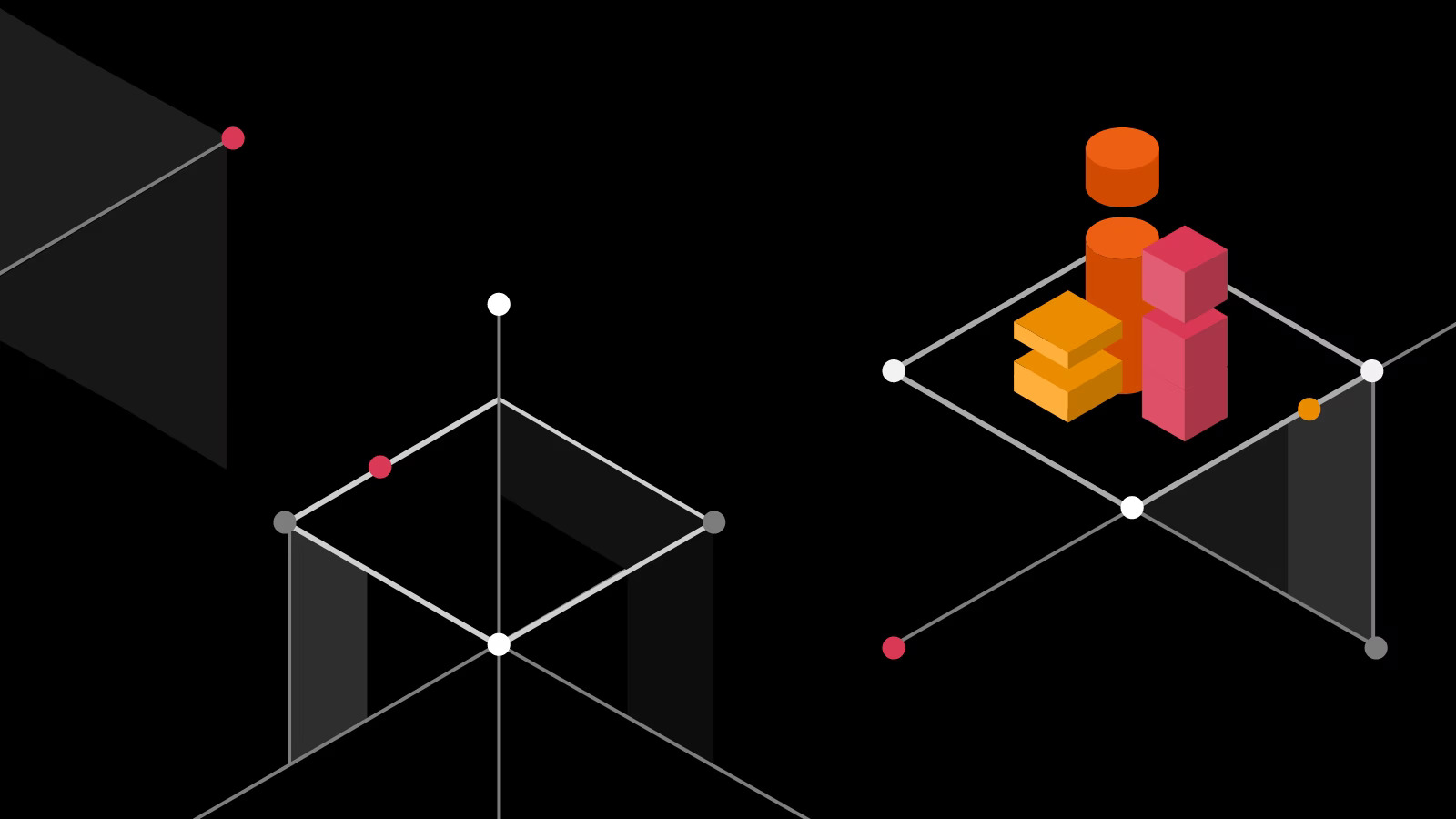Java offers a easy and extensible plugin architecture that helps to make a flexible Blockchain solution. Java includes a large and active community that gives immediate and powerful methods to designers whenever they encounter any issue.
fiat value of crypto assets has become a buzzword in the current computer world. That engineering has effectively fixed the standard roadblocks existent in certain professional domains by decentralizing data and opening up new paths of security and transparency.
Blockchain files electronic information in a fashion that the information could be noted and distributed, although not altered. Ergo, Blockchain is employed to form immutable ledgers and files or transactions that cannot be hacked, altered, or destroyed.
although not altered. Ergo, Blockchain is employed to form immutable ledgers and files or transactions that cannot be hacked, altered, or destroyed.
Blockchain programs are employed for demanding responsibilities such as the exchange of cryptocurrencies, the protected discussing of medical data, voting system, NFT marketplaces, making/receiving cross-border payments, checking supply chain/logistics, and many more.
Nevertheless, establishing such options is no easy job, and firms likely to adopt Blockchain systems should be aware of the ins and outs of Blockchain development. One of the vital factors for producing Blockchain options may be the programming language collection plumped for for development.
And, naturally, the programming language should be plumped for according to the challenge requirements. That post considers the choices of the most effective Blockchain programming languages with examples of use cases. The write-up provides an obvious idea and help you to select the most appropriate language collection for your impending Blockchain project.
The Blockchain program comprises an electronic ledger of transactions. Each block within the sequence includes a particular number of transactions and whenever a new purchase happens on the blockchain system, the purchase report is added to each participant’s ledger. That decentralized database is called DLT (Distributed Ledger Technology) and is managed by numerous participants.
Stability was developed by the Ethereum team in 2014 for publishing Ethereum-based wise contracts, to boost the usability of Blockchain solutions. With Stability, designers could write a high-level signal that’s smart-contract oriented and that may be translated into the useful lower-level languages predominant at that time.
That statically entered Blockchain language offers a secure and flexible code structure for wise contracts and has an precise along with a safe medium where various places may frame wise contracts between parties. Furthermore, it is just a flexible and user-friendly language that is included with ABI (Application Binary Interface) that gives a few type-safe functions. Developers may simply acquire the required abilities required to utilize Stability, whether they are skilled types or just beginners.
It helps one to separate the signal for numerous data structures and lets you shift semantics in order that data could be ripped effectively. C++ consumers may get a handle on the signal as preferred – they could choose from providing complete usage of the signal or allowing usage of only particular aspects according to the need. With C++, one can quickly manipulate prevents and stores, and therefore, is a great select for scenarios where one needs to totally get a handle on their program resources.
Python is one of the most used programming languages used for architecting Blockchain programs, crypto exchange, and wise contracts. It’s a strong, versatile, and object-oriented programming language that is included with open-source support and also, a few frameworks and libraries such as for example Numba that accelerate the progress without affecting the performance or security.
Python is very helpful for newbie designers taking care of Blockchain jobs as that language facilitates creating prototypes quickly and never having to write extensive requirements and the designers have the option of choosing from a wide selection of plugins, libraries, and on the web resources.
Python, as an saw language generates roadblocks when difficult cryptographic procedures are involved, but this problem could be fixed by the proficiency of skilled Blockchain software developers.
GoLang, a statically entered, gathered and multi-threaded language developed by Google, is one of the most used Blockchain programming languages in the NFT marketplace. The language integrates the best of equally worlds – the easy establishing the signal and the effectiveness of gathered language. It combines the top features of Java, Python, and C++ and will be utilized by the Hyperledger Cloth system currently. It’s user-friendly, quickly, flexible, and scalable.
Using GoLang, one can work a few functions simultaneously, and therefore, it’s may successfully manage a few elements of blockchain simultaneously. GoLang is not only fast but in addition presents available maintenance functions and therefore, it’s a great select each time a decentralized software will be distributed on Ethereum’s network. Nevertheless, it comes with a hard learning bend but will soon be easy for C++ developers.
Java can be an object-oriented programming language that uses a “write once and follow everywhere” approach and therefore, helps one to write requirements that are highly portable. With the Java Virtual Device (JVM), designers may work their requirements on any program or platform.
And, since the common JVM is used for execution, Java applications do not need to depend on a system-specific architecture. That portability of Java facilitates the development of easy-going and immutable blockchains. Furthermore, Java comes with a ample API (Application Coding Interface) that contains a few Java courses, interfaces, deals, etc. That property helps in creating applications without the need to know their internal implementations.
